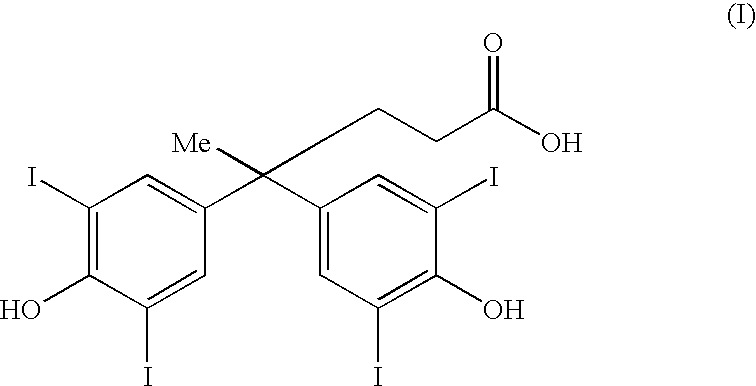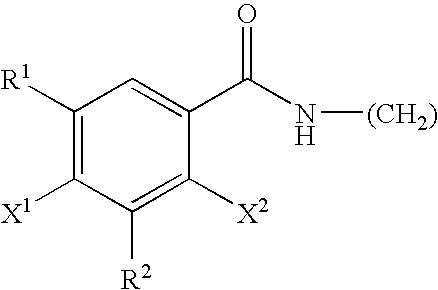Bifunctional antibodies and their use in targeting anti-tumour agents
a technology of bifunctional antibodies and anti-tumour agents, which is applied in the field of bifunctional antibodies and their use in targeting anti-tumour agents, can solve the problems of undesirable toxicity at non-target sites, poor penetration of the conjugate to the target site, and the use of radionuclide-antibody conjugates
- Summary
- Abstract
- Description
- Claims
- Application Information
AI Technical Summary
Problems solved by technology
Method used
Image
Examples
Embodiment Construction
[0013] The antibodies of the present invention may be produced using conventional techniques, for example, hybridoma synthesis, recombinant DNA techniques or phage display. The antibodies may be derived from any species, including rodent, although it is preferred that the antibodies are derived from mammals other than rodents, e.g. sheep, goats or cows, to generate high-affinity antibodies.
[0014] Typically, the antibodies will have an affinity of at least 10.sup.10 l / mol, preferably 10.sup.11 l / mol, more preferably 10.sup.12 l / mol and most preferably 10.sup.13 l / mol for the respective ligands.
[0015] A bifunctional antibody according to the invention may be whole antibody or may be a fragment thereof, e.g. f(ab).sub.2. In a further embodiment, the antibody may comprise two single chain fv fragments. The preparation of bifunctional sFvs is well known. For example, Carter et al., Current Opinion in Biotechnology 1997, 8: 449-454, discloses the production of bifunctional sFvs using phag...
PUM
| Property | Measurement | Unit |
|---|---|---|
| affinity | aaaaa | aaaaa |
| ligand-affinity | aaaaa | aaaaa |
| composition | aaaaa | aaaaa |
Abstract
Description
Claims
Application Information
 Login to View More
Login to View More - R&D
- Intellectual Property
- Life Sciences
- Materials
- Tech Scout
- Unparalleled Data Quality
- Higher Quality Content
- 60% Fewer Hallucinations
Browse by: Latest US Patents, China's latest patents, Technical Efficacy Thesaurus, Application Domain, Technology Topic, Popular Technical Reports.
© 2025 PatSnap. All rights reserved.Legal|Privacy policy|Modern Slavery Act Transparency Statement|Sitemap|About US| Contact US: help@patsnap.com



